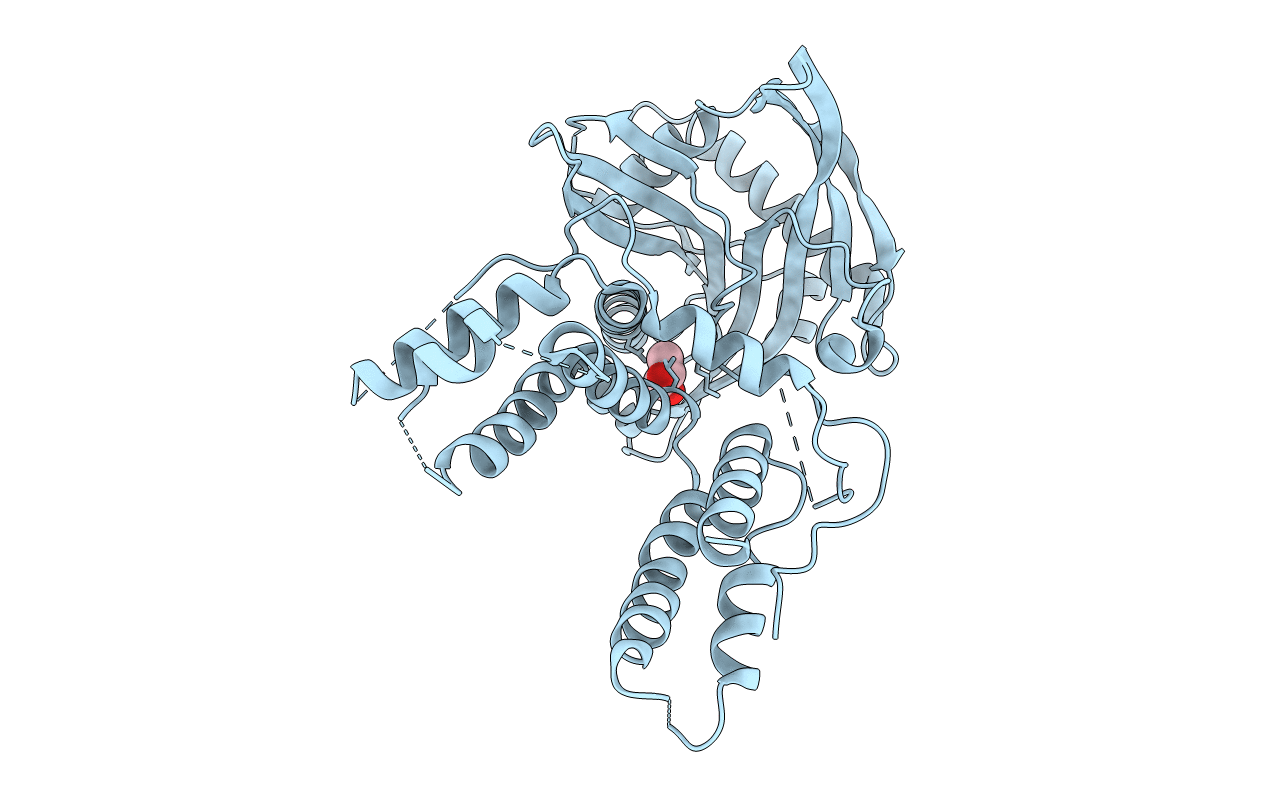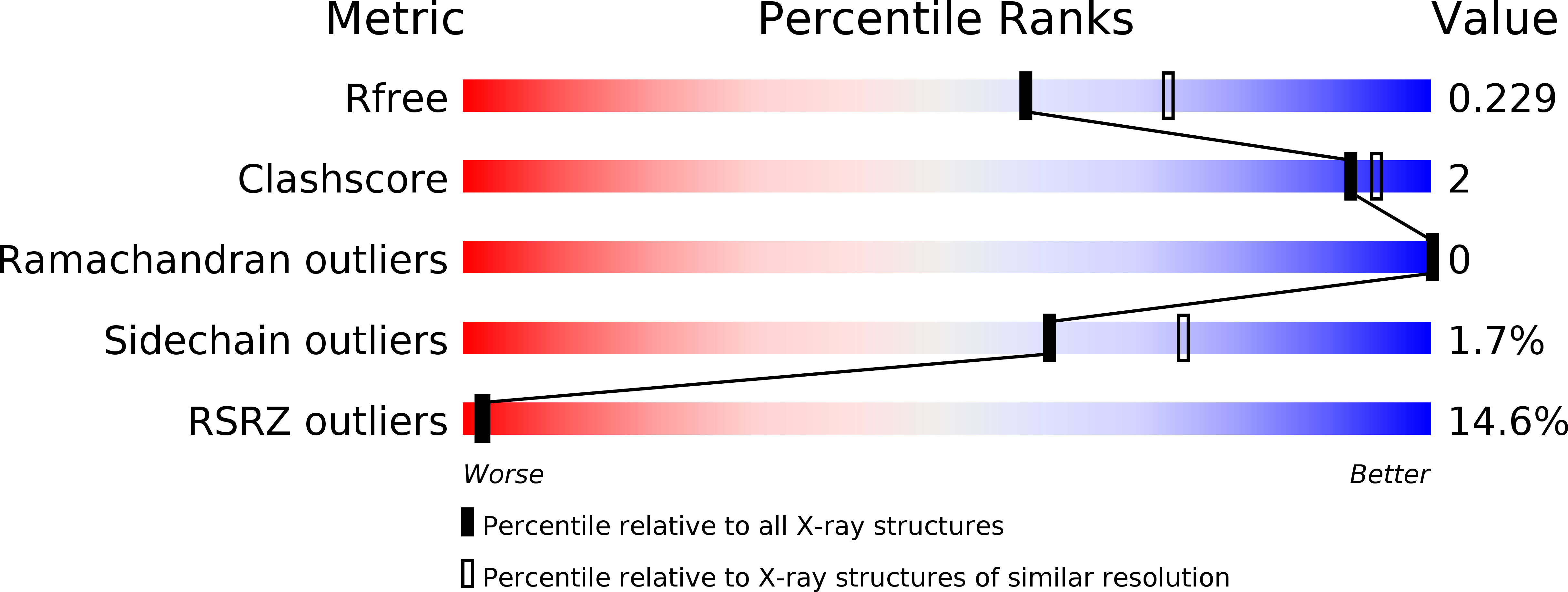
Deposition Date
2014-04-02
Release Date
2014-07-30
Last Version Date
2023-09-27
Entry Detail
PDB ID:
4P9A
Keywords:
Title:
X-ray Crystal Structure of PA protein from Influenza strain H7N9
Biological Source:
Source Organism:
Influenza A virus (Taxon ID: 1322048)
Host Organism:
Method Details:
Experimental Method:
Resolution:
2.20 Å
R-Value Free:
0.22
R-Value Work:
0.20
R-Value Observed:
0.20
Space Group:
P 65 2 2


